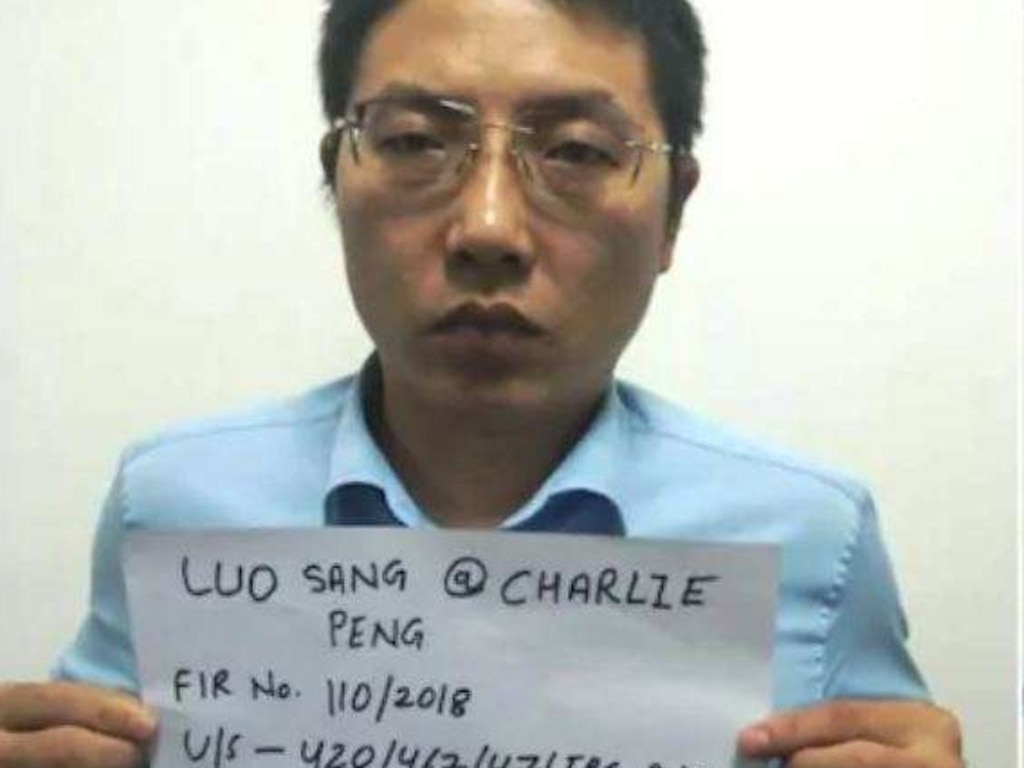Dalai Lama’s death will mean trouble in Tibet

This is more than a piece of quaint folklore and arcane ritual. The Dalai Lama’s health has geopolitical consequences. It has long been the case that the three T’s – Taiwan, Tiananmen Square and Tibet – comprised the three great unmentionables in Chinese politics. And it is no secret that the Chinese communist party leadership is itching to remove what little autonomy Tibet retains. There is much talk, not only in Washington, about the apparent inevitability of a conflict with Xi Jinping’s China. What makes this more than scaremongering is the spread of the risk, the range of flashpoints.
The future challenge to Taiwan is underpinned by heavy investment in China’s surface navy, its submarine forces, aggressive cyberintrusion and amphibious assault weapons. War preparation against the US can be read into Beijing’s ballistic missile investment, its space and satellite programmes, aggressive espionage, supply chain politics and control over maritime trading chokepoints. And against India, the danger signs come in the Chinese development of lightweight tanks capable of moving quickly through mountain passes, and high-altitude training ready for a confrontation in the Himalayas.

Trouble in Tibet may precede the widely anticipated trouble over Taiwan. The Dalai Lama’s place of exile is Dharamshala, in a monastery high up in north India, the snow caps of the so-called Tibet autonomous region visible on a clear day. The settlement was a British imperial resort town from where troops administered the region in the mid-19th century. There were plans to turn it into a British summer capital until a 1905 earthquake forced a retreat to lower, safer terrain.
The Dalai Lama fled there on horseback aged 23 when the 1959 Tibetan uprising was greeted by a vicious Chinese crackdown. Tens of thousands of Tibetans followed him into exile and under his leadership turned the former British cantonment into a web of monasteries, museums, schools and libraries that contain 100,000 Tibetan-language volumes on Buddhist teachings, medicine and astronomy. A government in exile was set up with civil service exams and yoga studios. Back home the Chinese destroyed more than 50,000 monasteries and shrines, following Mao’s maxim that religion is poison.
China thinks it has won the edge in this stand-off. It has modernised captive Tibet, improved living standards and created propaganda channels that extol Chinese rule. Social media influencers post pictures of happy Tibetans yak-racing. But Beijing has also set up a ruthless policing system with mass surveillance and re-education units. The UN says about one million Tibetan children have been sent to state-run boarding schools designed to squash their Tibetan identity. High-security prisons have been filling up with human rights activists.
The Dalai Lama counters this by reinventing the persecution of Tibetan Buddhism as a global cause. He won the Nobel peace prize in 1989, the year of the Tiananmen crackdown. Richard Gere, Bono and other Hollywood celebrities were charmed by him. For a while, posing with the spiritual leader became an easy way for western leaders - David Cameron among them - to show they were not being duped by Beijing’s communists. China quickly dealt with that, freezing contracts, blocking visas and waiting for domestic business lobbies to pressure their governments. That worked a treat in Germany. As for the Dalai Lama’s glamorous friends: they have peeled away since Chinese box office returns started to become part of the Hollywood business algorithm.
Tibet’s struggle to gain more freedoms is thus losing momentum. As the Dalai Lama slows down, so Beijing readies its next move. The Dalai Lama is chosen in an act of reincarnation. Search committees of monks and scholars are sent out to identify young boys with special qualities. The present Dalai Lama was spotted as a two-year-old (then called Lhamo Thondup) after a series of omens that included identifying a rare fungus, visions at a sacred lake and the boy’s spontaneous connection with the monks. He was taken to Lhasa, given a Buddhist name and schooled in the scriptures. Enthroned aged four, his education under various regents continued. It was only when Chinese troops moved in during the 1950s that he was given full authority – and rode into exile.
Today there isn’t time for a lengthy induction. The Chinese authorities have already started the search for their own reincarnation candidate, one who could be groomed to hand over the keys of Tibet to Beijing. One who could perhaps stamp out rebellious monks. The Dalai Lama is wily and may well already have a boy (it’s always a boy) to be the vehicle of his spirit. He is trusting that the world will see the absurdity of a Beijing-sponsored spiritual leader. “Reincarnation is not the business of the communist,” he says. Xi has to learn that not everything can be bent to his One China ideology, that forcing the compliance of Hong Kong, annexing Taiwan and locking up the Uighurs are not persuasive measures of a nation’s success. Tibetans, equipped with faith rather than guns and truncheons, are waiting for the Chinese leader to see the light.
The Times





To extract the Dalai Lama from his golf buggy you need three monks, one for each arm and a third to grasp his waist and hoist him out of his seat. The 88-year-old exiled spiritual ruler of Tibet is frail and that suggests a succession crisis on the Himalayan horizon involving a strange, mystical process in and around the land of the snow. He has worked his way through 15 US presidents but many doubt he will see a 16th.